Two Points of Views on Fuzzies
- vanessajknipe
- Jul 7, 2023
- 4 min read
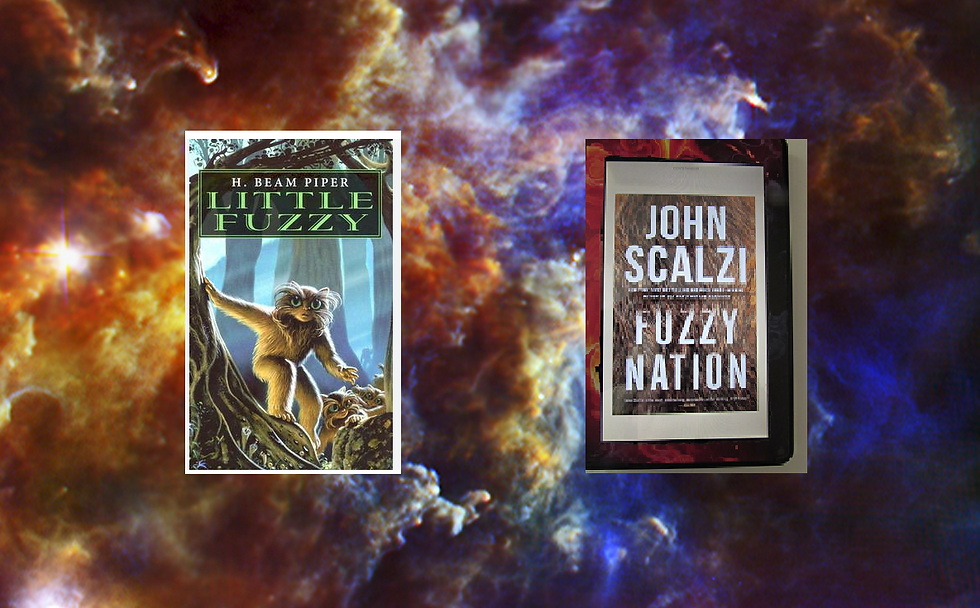
Back in the 1980s, my family moved to the US from the UK. When I entered a US bookstore, it was like a dream come true. So many Science Fiction and Fantasy books. They had their own section, not just among the general fiction. One book that stood out was by a dead author, by the name of H. Beam Piper. The book was Little Fuzzy. Zip forwards in time to 2011 and another author, this time very much alive, wrote a new version of that book which he called Fuzzy Nation.

On twitter he suggested his followers compare and contrast. So how do these two points of view on Fuzzies compare?
What are the similarities?
In the last review I covered two books written years apart by the same author using the same background with one difference. Little Fuzzy and Fuzzy Nation are written decades apart by different authors, but still use the same world building. The Fuzzy books are science fiction Space Opera. They are about Evaluation and Exploitation of planets discovered in other solar systems. In each book, a huge corporation goes about the process of evaluating and extracting the resources of planets without an indigenous population. On the planet Zarathustra, a valuable gemstone, the Sunstone has been discovered. It is an opal-like stone but one which is thermoluminescent: it glow with the heat of the wearer. The exploitation of this resource is given over to independent contractors who extract the gems by explosives, despoiling the pristine ecology of the planet. Unfortunately, an indigenous sapient population is discovered by one of these contractors.
What are the differences?
Little Fuzzy
Little Fuzzy, by H. Beam Piper was published in 1962. A corporation to exploit the planet of Zarathustra was set up by Victor Grego and he has built up a massive fortune out of the Sunstones.
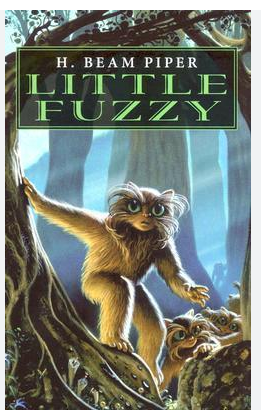
Independent contractor, Jack Holloway, discovers a bipedal, cat-like creature, which he calls a fuzzy, with remarkable intelligence.
Of course, the giant Zarathustra Corporation can’t be having that. Victor Grego issues orders to have them hunted down as fur-bearing animals. The soft pelts will be an extra source of income for his shareholders.
When a Fuzzy who lives with Jack Holloway is killed, and Jack shoots the man dead, the whole trial of Jack depends on whether he shot the man while defending a sapient being. It all hinges on if the Fuzzies can speak. By the end of the trial we learn their voices are too high pitched for human hearing, but yes they can speak and have their own language.
At the end, Good prevails and Jack Holloway and the Fuzzies are victorious. The Fuzzies are people and the Zarathustra company no longer has a charter for exclusive exploitation of the planet.
In this book, the Fuzzies are portrayed as innocent, child-like creatures who require the paternalistic colonists to look after their interests for them.
Fuzzy Nation
Fuzzy Nation by John Scalzi was published in 2011. The Zarathustra Corporation is one of many corporations in Space which exploit unoccupied planets. Jack Holloway is an independent contractor on Zara XXIII.

Sunstones are just one of the resources that ZaraCorp is strip mining out of the planet. Wheaton Aubrey VI is the distant head of the company. His son Wheaton Aubrey VII is visiting the company holding of Zara XXIII at the same time as Jack Holloway discovers a bipedal, cat-like creature with remarkable intelligence, which he calls a fuzzy.
Wheaton Aubrey VII orders his goons to set fire to Holloway’s house and in the process two of the Fuzzies are killed. Jack Holloways takes the goons to court. The trial hinges on whether the Fuzzies can talk. Jack proves that not only can they talk, they can speak English, in which language they are self-taught using a toy to teach human children to read.
ZaraCorp and all its employees are banished from the planet. The world belongs to the Fuzzies, but they insist that Jack Holloway stay on the planet and be the interface between the Fuzzies and the humans. In this book, the natives are not innocent children who require paternalistic humans to look after them. The Fuzzy Nation had sent Little Fuzzy into Jack’s camp to find out what the humans were doing on their planet.
Definitions: Space Opera
I take my definitions from SFE: The Encyclopedia of Science Fiction. Space Opera takes its name in a pattern from the 1920s when westerns were termed ‘Horse Opera’. Radio shows later became known as ‘Soap Operas’ due to sponsorship by soap powder manufacturers. The term Space Opera was coined by Wilson Tucker as appropriate for the action-adventures stories which take place with an interstellar background.
Two Points of View
Both books are entirely of their time. In the Piper book, the corporate Greed is Good mentality prevails and All is Forgiven. By the beginning of the next book in Piper’s series, Fuzzy Sapiens, Victor Grego becomes one of the good guys. The innocence of the Fuzzies is maintained and the humans work to keep them safe. However, in the Scalzi book, ZaraCorp is kicked off the planet and the Fuzzies claim and exploit their resources for their own good. They hire humans to help them interact with the rest of the galaxy. I enjoyed both books. As long as you remember that when books are written is as important to understanding them as what is written, then it is possible to enjoy the story even if the opinions of the author are no longer fashionable.
Multiple Points of View
H. Beam Piper wrote three novels about the planet of Zarathustra and the Fuzzies. But John Scalzi is not the only author to add to the Fuzziverse after Piper’s death.
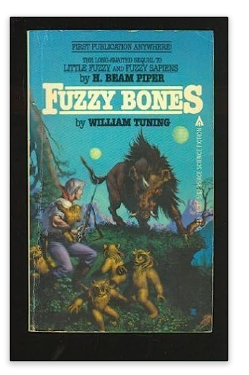
William Tuning wrote Fuzzy Bones, where he picked up on hints in the Piper novels that the Fuzzies were devolved space travellers and even introduced a Fuzzy Starship. Ardath Mayhar took over from him and wrote Golden Dream: A Fuzzy Odyssey, a story of crashed Star Fairers to the time of the humans from the Fuzzy point of view. These are just the stories I have read.

Other authors, such as John F. Carr and Wolfgang Diehr have continued the saga. It is a wonderful world to visit and revisit.
Conclusion
I highly recommend reading both H. Beam Piper’s original work, and the modern book by John Scalzi. To read only one, would miss the delight of seeing the same world through two points of view.

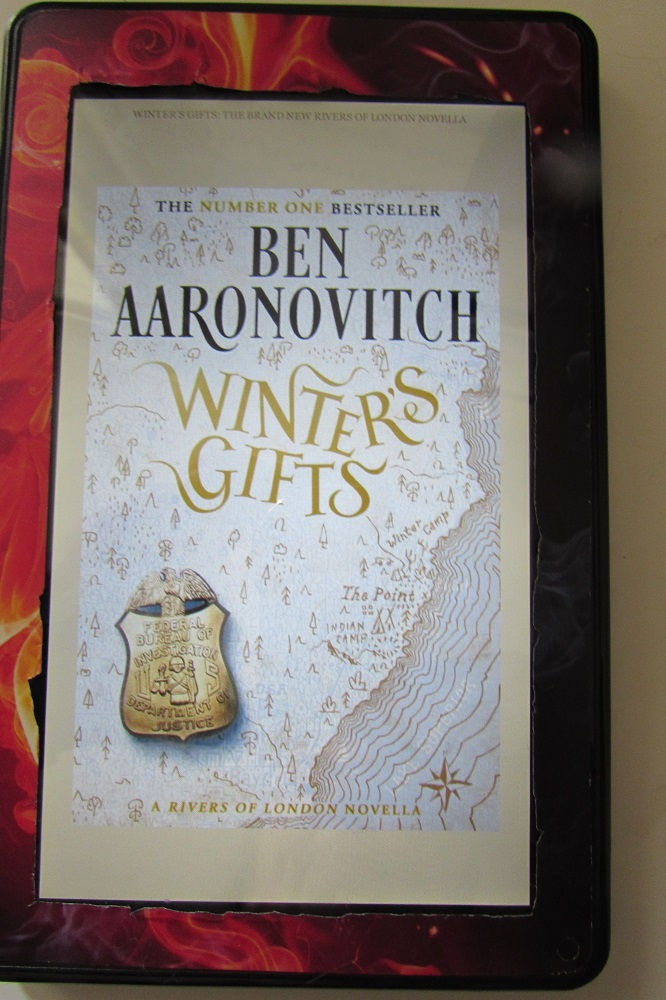
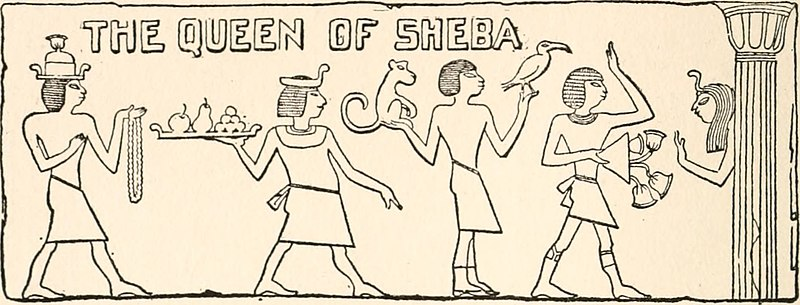
Comments